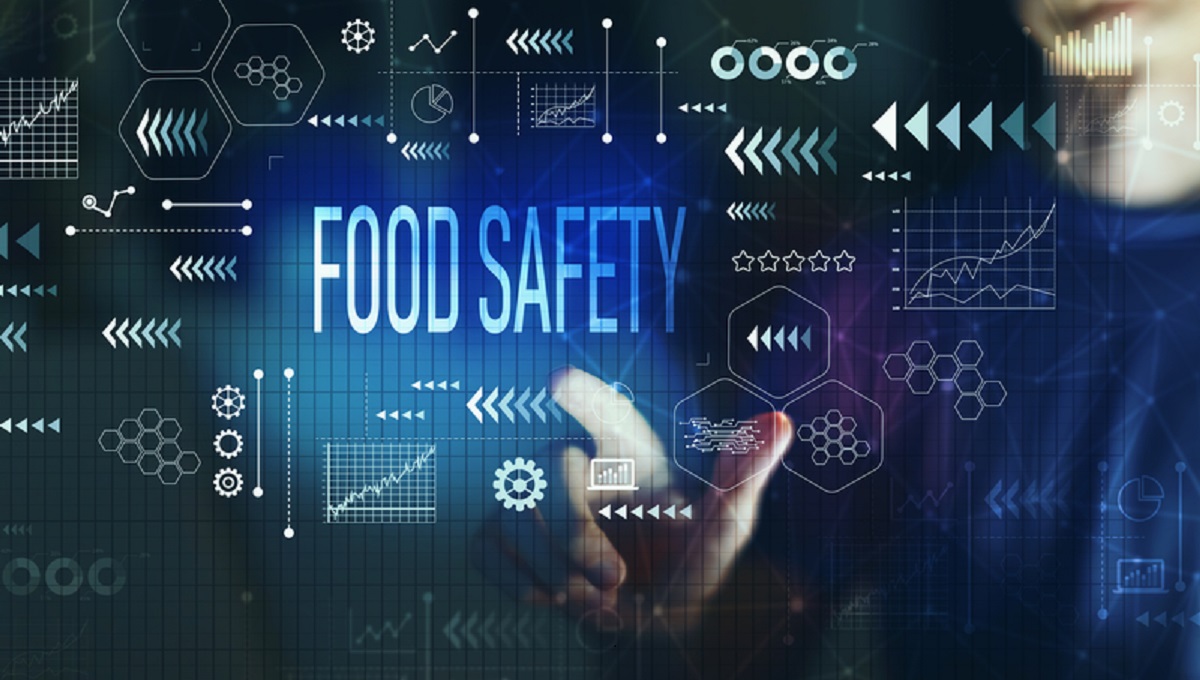Remote audits have a place in ensuring food safety but should not replace onsite visits, according to a report from the Organisation for Economic Cooperation and Development (OECD).
Based on case studies and an OECD survey, the report examines the cost, benefits and effectiveness of remote audits. For case studies, interviews were between May and November 2022 with authorities in 10 countries and five other stakeholders including Critereon, Tesco and Red Tractor. The survey received 163 responses between mid-October and early December 2022.
The analysis reveals that key benefits are lower travel expenses, reduced emissions footprints, flexible use of time, and opportunities to train and involve more staff.
Drawbacks include limitations to gather audit evidence, the additional burden of preparation time, internet connectivity issues, and the lack of personal engagement. In one case, an uneven paint surface was wrongly perceived as condensation on the ceiling. The onsite representative had to demonstrate the sealed surface was dry and show its uneven nature.
Different viewpoints
Prior to COVID-19, remote auditing was used only for small-scale, specialized cases. The pandemic saw a significant increase, although use varied across countries and sectors. It is relatively easy for importing countries to request a remote audit, even at short notice, but for auditees, each response can entail considerable work.
A range of technologies have been used in remote audits but full potential has not been realized. In a few cases, particularly in the private sector, tools such as wearable technologies and proprietary platforms have been employed.
Perceived costs, benefits, effectiveness, and opinions on the continued use of remote audits varied by the respondent’s role in the food safety system, whether authority, food business, auditor or auditee, exporter or importer, small or large firm, or developed or developing economy.
The report found emerging and developing nations are likely to be less able to use remote auditing because of shortcomings in digital infrastructure, access and capability. This risks excluding such countries from export markets, or at least creating a competitive disadvantage.
Most stakeholders found fully remote audits to be less effective than onsite visits but partially remote, also known as hybrid or blended, audits were welcomed. Many considered they could be one “tool in the toolbox”, but should be limited by certain criteria.
The report highlighted the need to harmonize terminology and to develop practical guidelines on how and when to conduct remote audits.
Remote audits finding their place
Critereon’s auditing experience was that there had been consistently fewer non-conformances in remote audits. This seemed unlikely to be because of improvements in actual food safety compliance, particularly as many establishments were also suffering from staff absences and other disruptions and pointed toward an issue with remote auditing.
Remote auditing had been focused on areas with relatively high food safety risks – notably the livestock sector and the fish and seafood sector, which together accounted for 75 percent of audits in the survey.
More than 70 percent of auditors considered remote audits to be less or much less effective than onsite audits, while over half of auditees said they were as effective as onsite checks.
Questions were raised about the trustworthiness of remote audit evidence, including the risk of misrepresentation or fabrication of evidence, as well poor quality evidence potentially leading to misunderstanding or omissions.
Many respondents said remote audits could be used for document-based reviews, but were problematic as a replacement for physical auditing of establishments.
Situations where remote audits work include cases where the food safety risk is low; there is an established relationship; there is a simple objective such as addressing a particular non-conformity; or for geographically remote or high-risk locations. They may not be appropriate for audits of regulatory systems or for products with high food safety risks.
Survey results indicated 33 percent would support continued use of partially remote audits and almost half backed use in specific circumstances, such as emergencies or low-risk scenarios.
(To sign up for a free subscription to Food Safety News, click here.)

